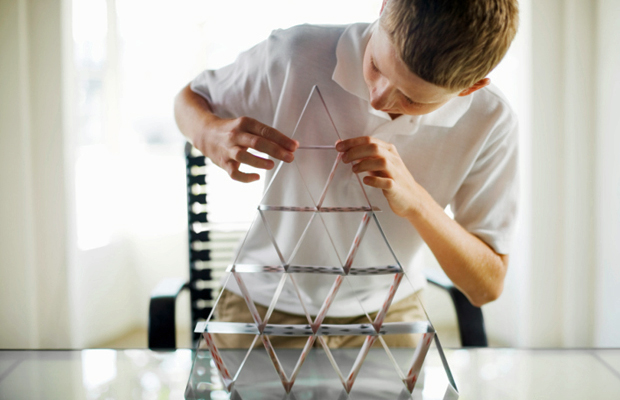A group of Harvard researchers is teaming up with schools in Oakland, Calif. to explore how kids learn through making. Through an initiative called Project Zero, they're investigating the theory that kids learn best when they're actively engaged in designing and creating projects to explore concepts. It's closely aligned with the idea of design thinking and the Maker Movement that's quickly taking shape in progressive education circles.
Though it's still in very early stages -- just launched at the beginning of this school year -- researchers and educators at the school want to know how kids learn by tinkering – fooling around with something until one understands how it works. They want to know what happens cognitively – how this learning process helps form habits of mind, builds character and how it affects the individual.
To do that, they are working with both private and public schools in Oakland, headed by the Harvard researchers and 15 participating teachers who meet in study groups every six weeks to share ideas and to form a community.
Harvard will give teachers specific activities to incorporate into the lessons they already plan to teach. Educators will report back to the researchers on how the class behaved and what they noticed about their students through surveys and conversations. “Schools have been really open to this,” said Jennifer Ryan, the Project Zero coordinator. “It’s not a lesson plan; it’s not a curriculum; it’s a way to look at the world.”


